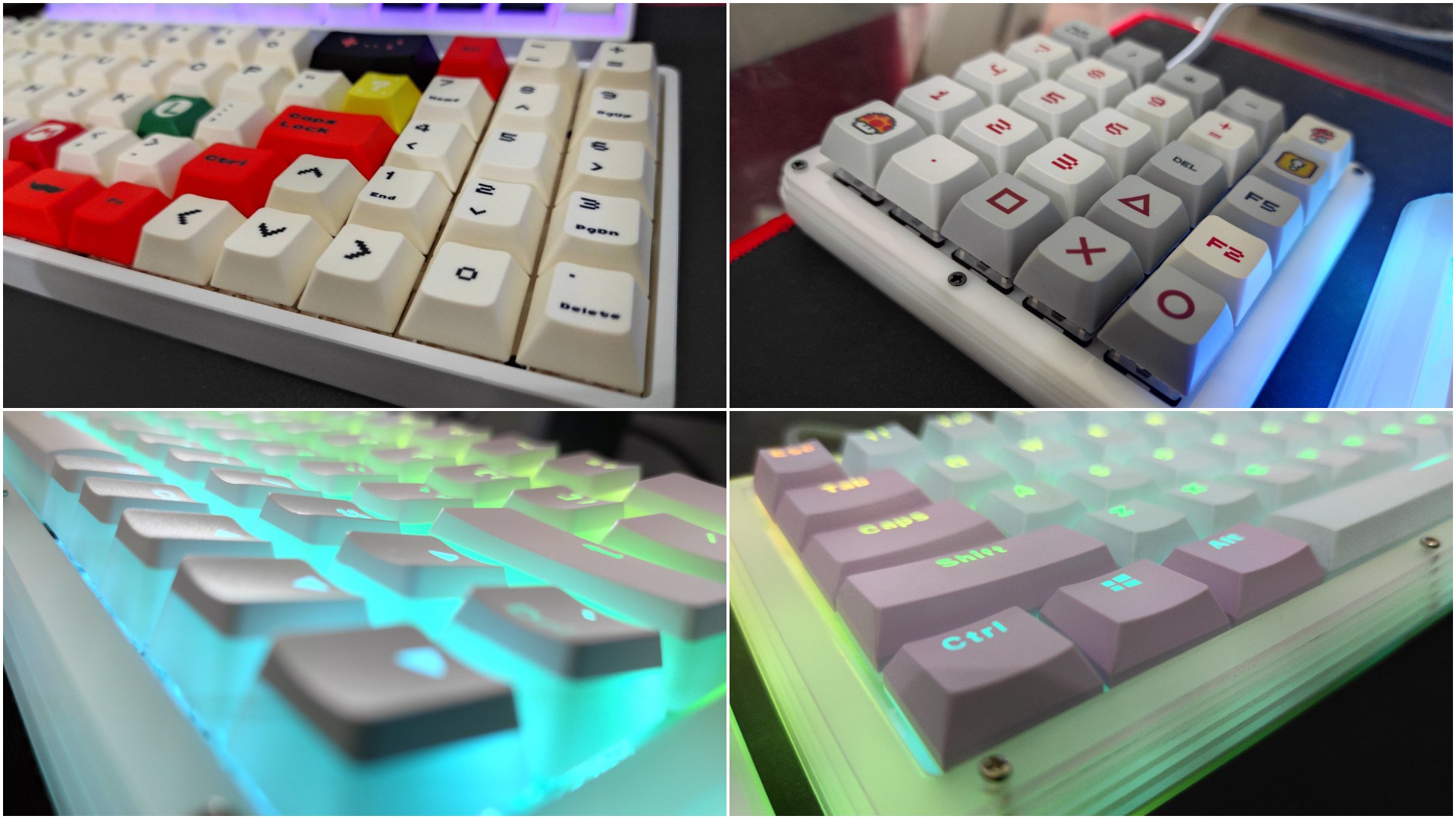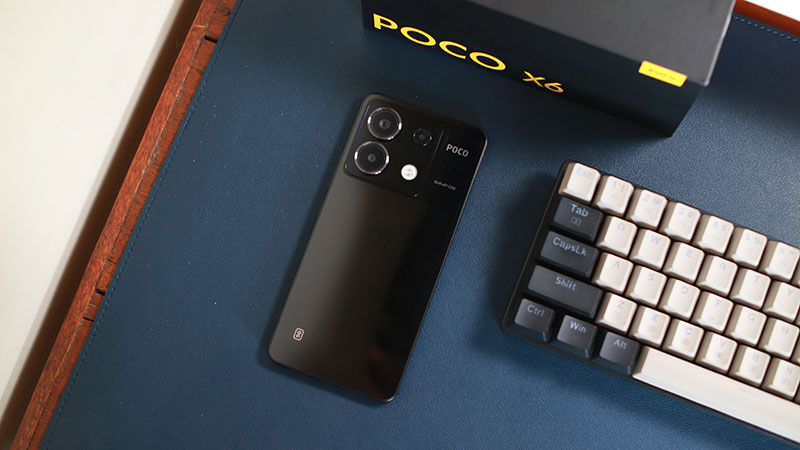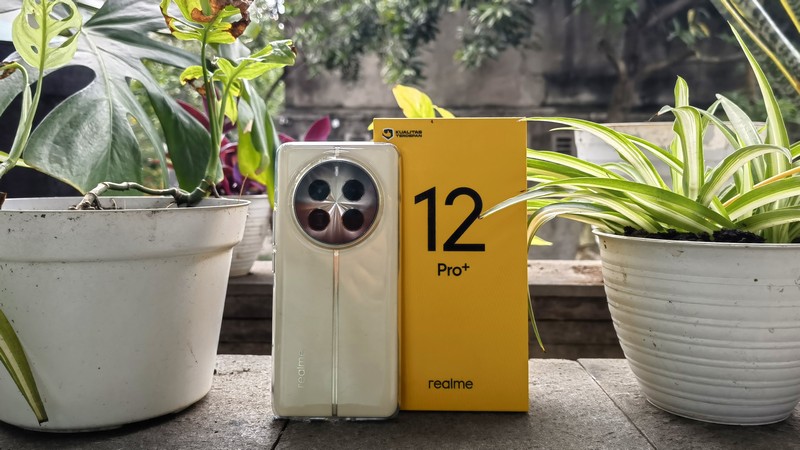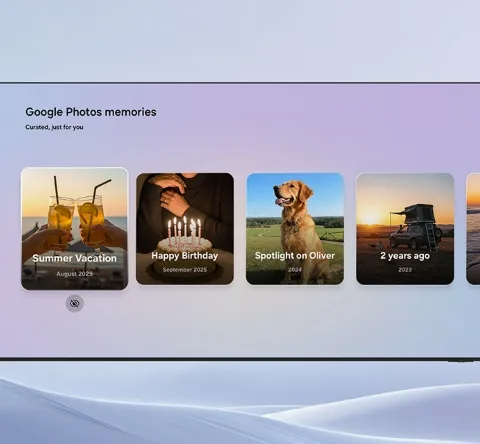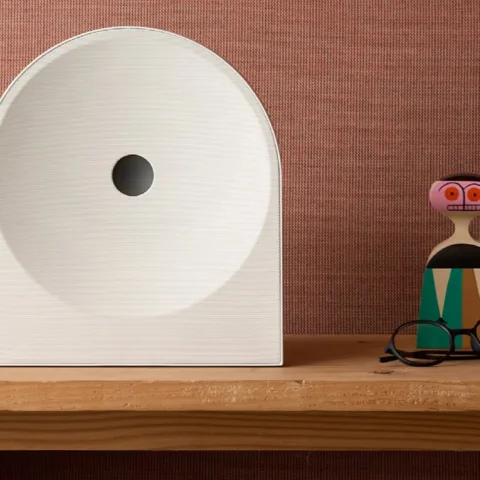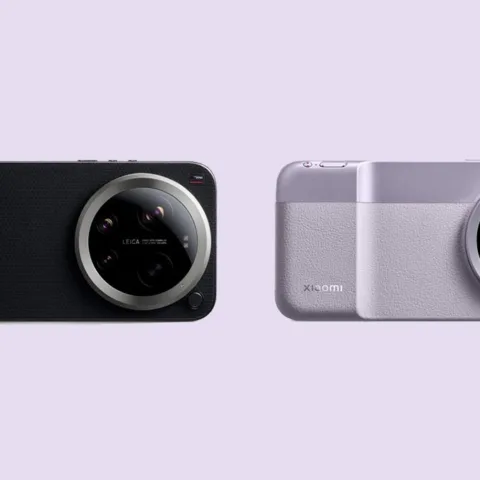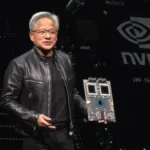60% mechanical keyboards or smaller keyboard layouts provide far more compactness than full-sized (104 keys) or TKL (87 keys) layouts. I initially got into 60-65% mechanical keyboards because I find them quite eye-catching. Furthermore, 60% layout is incredibly standardized (shapes or bodies don’t differ much between brands), so modifying the keyboard will not be much of a hassle.
Big gaming brands are also starting to get into the smaller form factor trend. Razer is one of the big gaming brands that already released a 60% mechanical keyboard called the Huntsman Mini. Ducky, one of the more well-known brands among keyboard enthusiasts, also has several mini-sized keyboards, such as the Ducky One 2 Mini, Mecha Mini, or Mecha SF. Apart from Ducky and Razer, Cooler Master also has several options for compact-sized keyboard products such as the SK622 or SK621. This year, Cooler Master also announced the release of another variant called the MK721. HyperX also recently released its own compact-sized keyboard with HyperX Alloy Origins 60.
Unfortunately, you can’t only consider the appearance of a keyboard when you are purchasing one. Blindly following the trend of small mechanical keyboards is not always a wise choice either. In fact, there are several other considerations that you need to think about before getting a 60% or other compact-sized mechanical keyboards.
1. The Number of Keys

This is the first thing you should consider when buying a compact mechanical keyboard. You might think that you will never use keys such as Del, F1-F12, numbers on the Numpad, or Arrow Keys (up, down, left, right).).
However, it is important that you closely reconsider the use of each button. The last thing you want is missing keys or functionalities that you will need to use frequently in your activities.
For example, I recently started to frequently use the Rename function, which needs to be accessed using the F2 key. The F5 key is also commonly used for Quick Save in many RPGs. Unfortunately, these keys are missing on 60% and 65% keyboards.
If you are still in college or have a job that requires a lot of typing (such as journaling or blogging), using the arrow keys will greatly speed up your work. Therefore, using a 61-key keyboard like the GK61 will not be optimal for you.
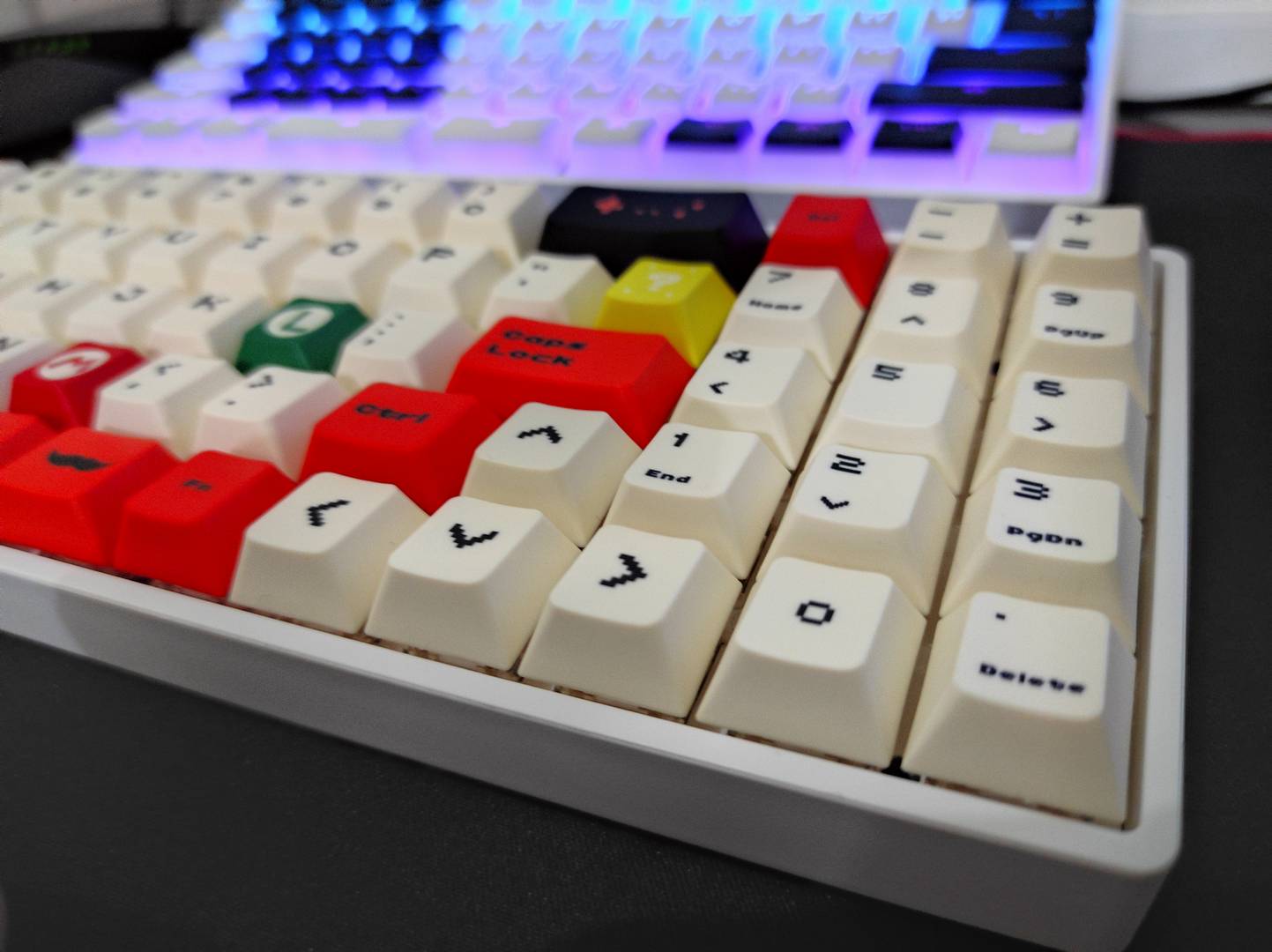
The buttons in the Numpad section are also very useful for those of you who often work with spreadsheets (Excel, Google Sheets, etc.). I even frequently use spreadsheets for playing games to track in-game stats. I also play a lot of games using ReShade, which uses weird shortcuts like Insert or Home.
Again, you need to carefully consider the buttons you currently use or might use in the future.
As a side note, compact mechanical keyboards usually have different variants of size and number of keys. At the end of this article, I will discuss these specific variants and recommend the best option for each variant in the current market.
2. Mechanical Keyboard Layout

As mentioned previously, compact mechanical keyboards have several variants in their specification. One of these variants is the keyboard layout. The keyboard layout is a crucial factor to consider when picking a keyboard as it will highly affect how you use the keyboard.
Take my unfortunate experience when selecting a keyboard layout as an example. I have a 68% keyboard with 73 keys called the GK73, which has a fairly unique layout. I was extremely careless when buying the keyboard and forgot to consider the missing keys in the GK73 layout.
The GK73 looks very slick and is incredibly ergonomic to use at first glance. The build was relatively small but still manages to include the Numpad. However, if you closely pay attention, the GK73 has several missing keys on the main part of the keyboard.
Take a look at your keyboard now. In the second row at the top, after the number 0, the standard keyboard has 2 more keys before the Backspace key. On the right side of the P key, there are “[“, “]”, and “\” respectively. Below that, following the L key, there are 2 more keys before the Enter key. Below that again, there are 3 keys between M and right Shift.

Some of these keys are missing in the GK73, which bothered me quite a lot when using the keyboard. Nevertheless, I was forced to spend a lot of time and effort to adapt to this weird layout
Besides GK73, I also have 2 other 60% keyboards: GK61 and GK64. These two keyboards have the same size or dimensions, but only have a different number of keys. The GK61 has a standard layout like a full-sized keyboard with a reduced number of keys. On the other hand, GK64 includes the arrow keys, which means that several other keys must be excluded or reduced in size. For example, in the GK64, the right ALT and CTRL keys are missing, while the right Shift key length is only 1u. In contrast, the right Shift key on a standard keyboard layout has a length of 2.75u.
Fortunately, I rarely used the right Shift key, which allowed me to adapt more quickly to the GK64. Plus, I also use the arrow keys way more than the right Shift key. The GK64 also includes the Del button that can be incredibly useful when tidying up your files. Sadly, the GK64 also slightly shrinks the left Shift key, which can be annoying when I type for an extended period of time. To reassert, you need to carefully consider keyboard layouts before purchasing one because it greatly affects your typing experience.
That was the story of how I adapt to 3 different keyboard layouts. As a reminder, layout preferences and adaptation processes will differ for each person, so don’t take my opinions that I mentioned for granted.
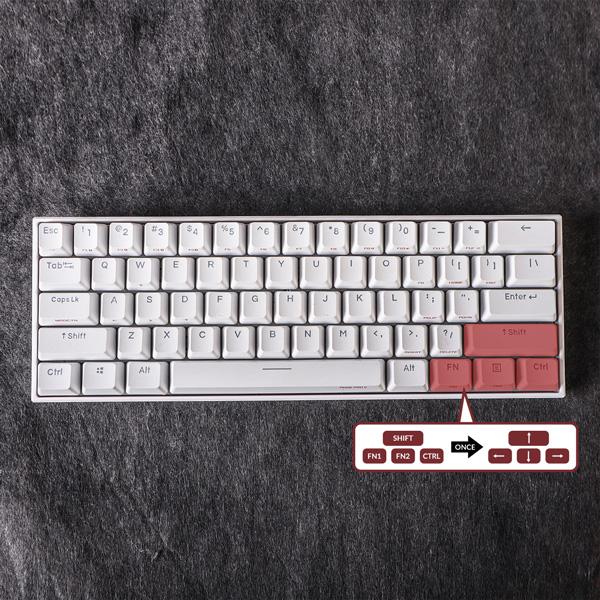
Lastly, it is important to note that missing keys are sometimes accessible using key combinations. For example, some 60% keyboards with 61 keys can access the arrow keys using a combination with the Fn key. However, key combinations like these will not be as effective as simply pressing a single key. You will also need to memorize these combinations, which just adds another layer of difficulty in the adaptation process.
If you want to adapt to your new keyboard quickly and effortlessly, make sure to pick a suitable and ergonomic layout for your usage.
3. Mechanical Keyboard Software
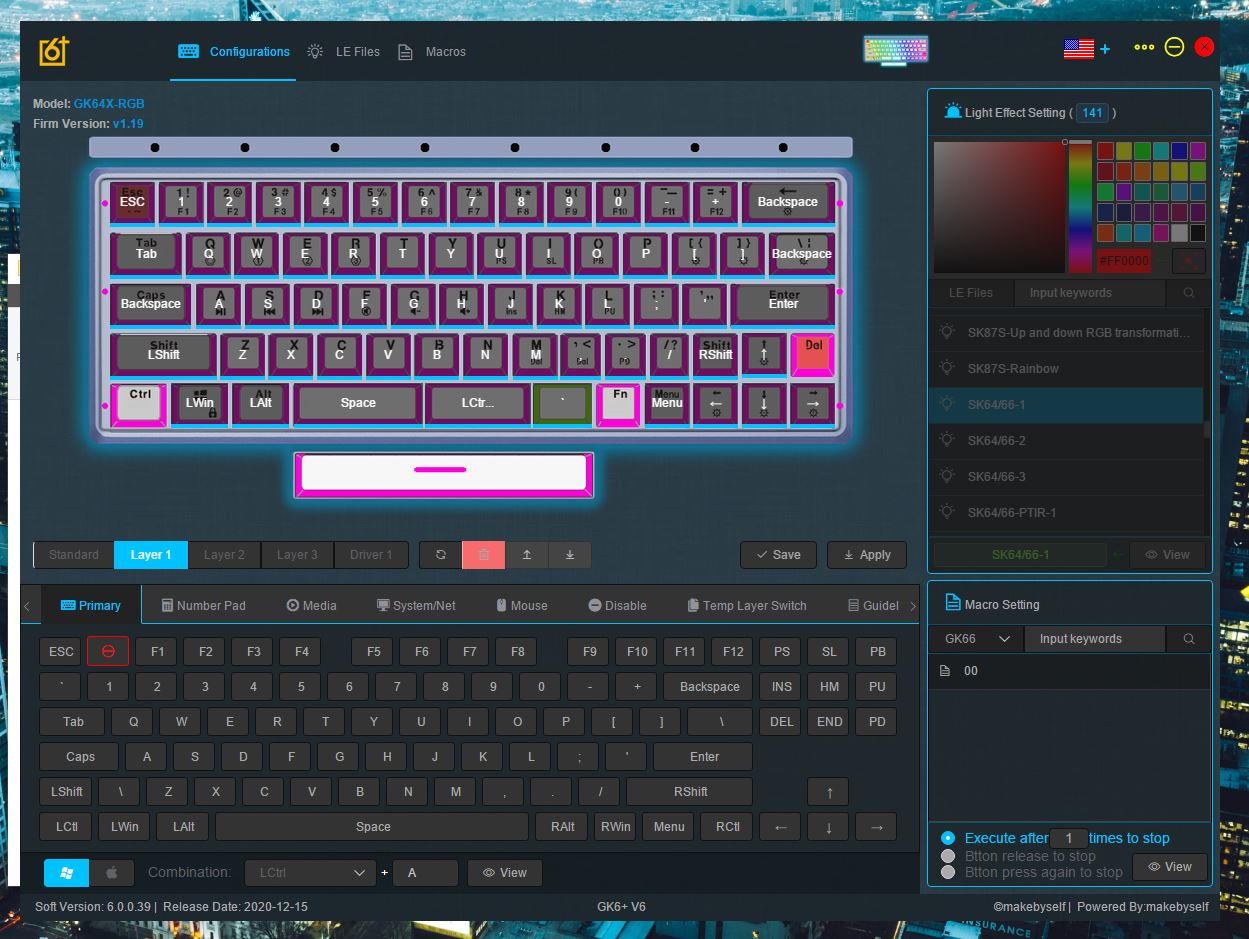
There probably aren’t many people who like to tinker with keyboard software such as Synapse from Razer or SteelSeries Engine. However, keyboard software is crucial for compact size keyboards since there is usually an incomplete number of keys, as we have established previously.
Moreover, everyone has their own needs and habits when using their keyboard. I, for example, really need to use the arrow keys and function keys. However, you might not ever use these keys, and so you can remap them using an appropriate software.
I once modified my GK61 and GK64 using Makebyself’s GK6x Plus software. Though the software is not very intuitive to use at first, the functionality it provides is quite complete. You can use the software to set key combinations and access the missing keys on the keyboard. For example, I created a key combination between the Fn key with numbers to access the function keys (Fn + 1 will access F1, and so on).
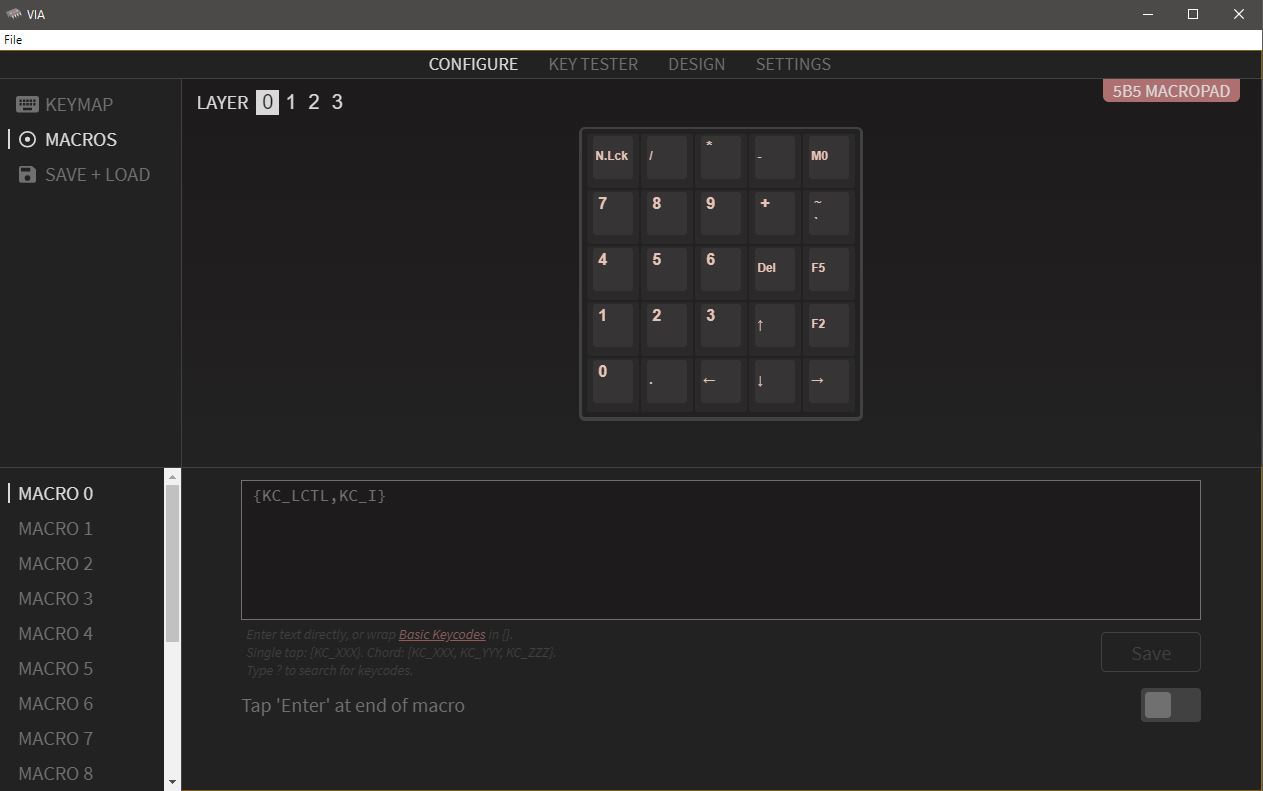
The macro functions in the GK6x Plus are also relatively easy to use, unlike the macro functions from QMK / VIA which requires you to do some coding. From my experience, the GK6x Plus is by far one of the most sophisticated keyboard software out there and can also be paired with Razer Synapse.
Take the Rexus Daxa M71 Pro 65% keyboard, which is currently quite popular in the market, as another example. This keyboard does have arrow keys and several other keys such as Insert, Home, Delete, End, Pause, Page Up, and Page Down. More importantly, however, the tilde (`) button – usually used to activate Console Commands in games – is missing from the M71.
Without any keyboard software, you might have trouble accessing the tilde key. Using keyboard software, on the other hand, allows you to remap keys that are rarely used (such as Insert) to the tilde key.
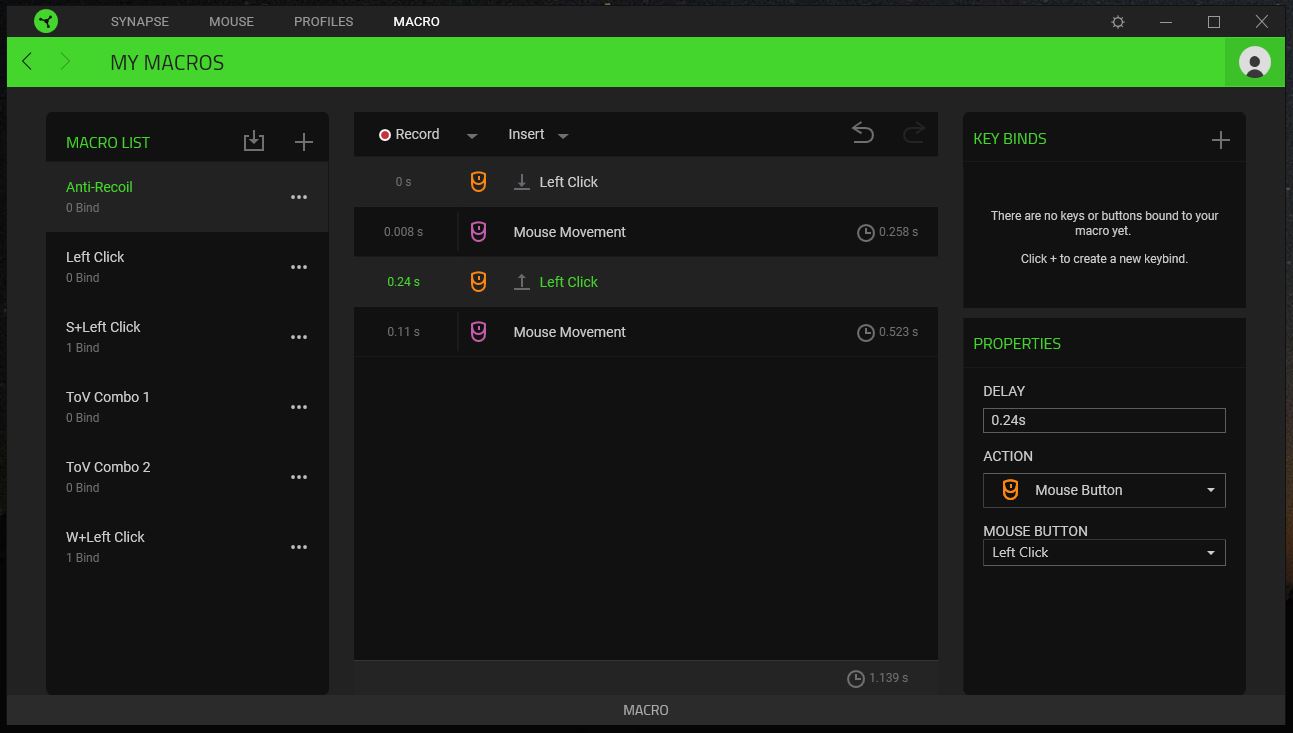
Indeed, software from third parties such as AutoHotkey, Sharpkeys or others can be used as well. But I generally prefer to use the built-in software since it is much easier to use – those of you who have used AutoHotKey may understand what I mean.
4. Separate Numpad / Macropad
If you want a compact-sized keyboard but also really need the numpad as well, you can just purchase a separate numpad. You can even go further and buy a macropad that can be remapped with various other functions.
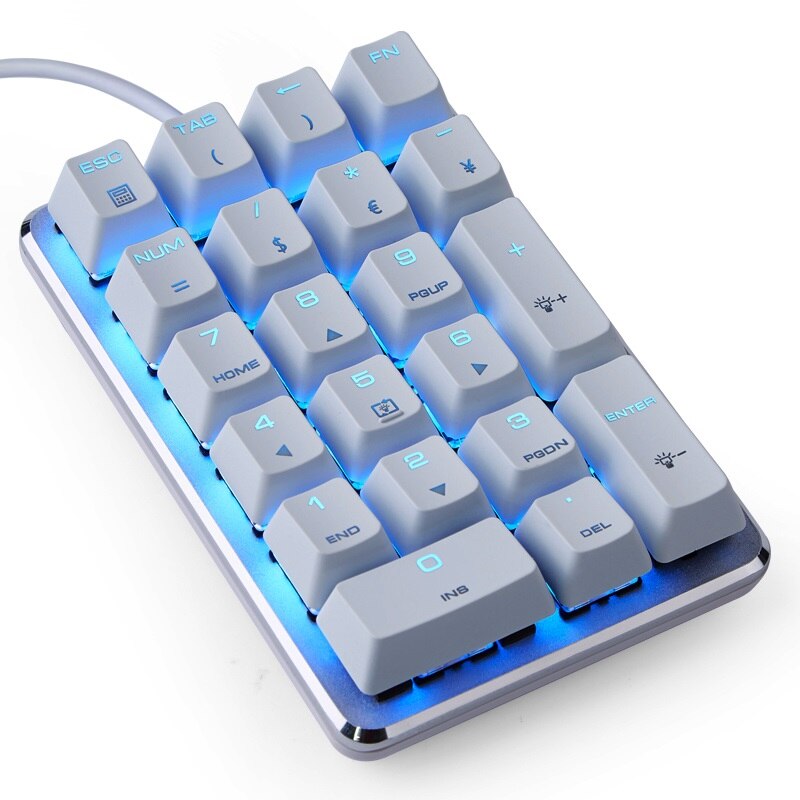
Purchasing numpads is usually not much of a problem since there are a lot of them, such as Magic Force 21 that has mechanical switches. There are also a lot of other cheaper options for numpads.
As for macropads, they are usually much more expensive and difficult to find, since they provide more sophisticated functionalities. However, there are several options you can try if you really want to find a macropad. First, you can buy it from abroad. Unfortunately, the shipping processes can be expensive and time-consuming. Secondly, you can buy used macropads from previous enthusiasts. The last and probably the most ideal method of getting a macropad is to order a customized one.
I once ordered a custom macropad at this link, and the results are quite satisfactory. Unfortunately, my custom macropad also has several flaws. For one, it has no backlight. The software also uses QMK / VIA, which can be difficult to use for beginners, as I mentioned before. Despite these flaws, I still prefer getting a custom macropad rather than ordering one from abroad since I do not have to worry about the shipping process.

If you order a custom macropad, you can even make special requests to modify the shape, layout, or number of keys. I strongly believe that a custom macropad is considered a must-have if you want to switch to a compact mechanical keyboard.
A minor thing you need to consider when it comes to an external macropad is the cable issue. Most macropads out there are wired, and so you will have an additional cable lying on your desk.
5. Specific Reasons or Needs Behind Getting a Smaller-Sized Mechanical Keyboard
This section will help you determine if you really should switch to a compact mechanical keyboard. If you do not have any specific needs (that I will mention later) to purchase a compact keyboard, I think that sticking to a full-sized keyboard or TKL will be a much safer (and cheaper) option.

One of the primary reasons why most people buy a smaller keyboard is their desk size. A full-sized keyboard has a relatively wide body and might not fit a small table. Interestingly, it might be a better option to actually buy a wider table than it is to shrink the size of your keyboard, since it is potentially a cheaper alternative. Furthermore, getting a bigger table means that you do not have to go through the keyboard adaptation process. A bigger table also accommodates extra space that can be used to put an additional monitor, for example. If you desperately need more space (because your mouse constantly hits your keyboard, for example), then I recommend getting TKLs. It has a smaller body compared to full-sized keyboards and is much more adaptable than the smaller form factors.
Another reason why most people buy a compact mechanical keyboard is its portability. If you want a keyboard that can easily be carried around, getting a smaller keyboard will be your only solution. Compact mechanical keyboards are usually wireless or have detachable wires. It is also perfect for laptop users who often do not find the same level of comfortability when typing on their laptop keyboard.
Hotswapability is another specific feature that most compact mechanical keyboard users want to have. As far as I know, not many full-sized keyboards are hotswapable. Tecware Phantom Elite is perhaps the only full-sized keyboard variant that offers a hotswap feature in Indonesia. However, Tecware Phantom Elite only has a 3-pin hotswap (or plate mounts), while most premium / high-end switches (such as Durock, Gateron Ink, Tealios, Zealios) often use 5 pins (PCB mount). You do have the option to cut out 2 out of the 5 plastic pins, but that will undoubtedly take some extra time and effort.

If you are really interested in trying out various high-end switches, you have 2 choices to choose from. If you have a large budget, purchasing a compact-sized keyboard with a 3/5 pin hotswappable PCB will be a more effective option. However, if you want a cheaper alternative, you will need to spend some time modifying the 5 pin switch.
Some say that using a compact keyboard is much more comfortable because the distance between the mouse and keyboard is shortened. However, I personally never felt much of a difference in this regard.
Some people also get a smaller keyboard due to their more slick or simple design. Others simply want to experience the feel of a 60% keyboard. If you really think that a smaller keyboard will fulfill your specific needs and is worth your budget, then you should probably go ahead and get one.
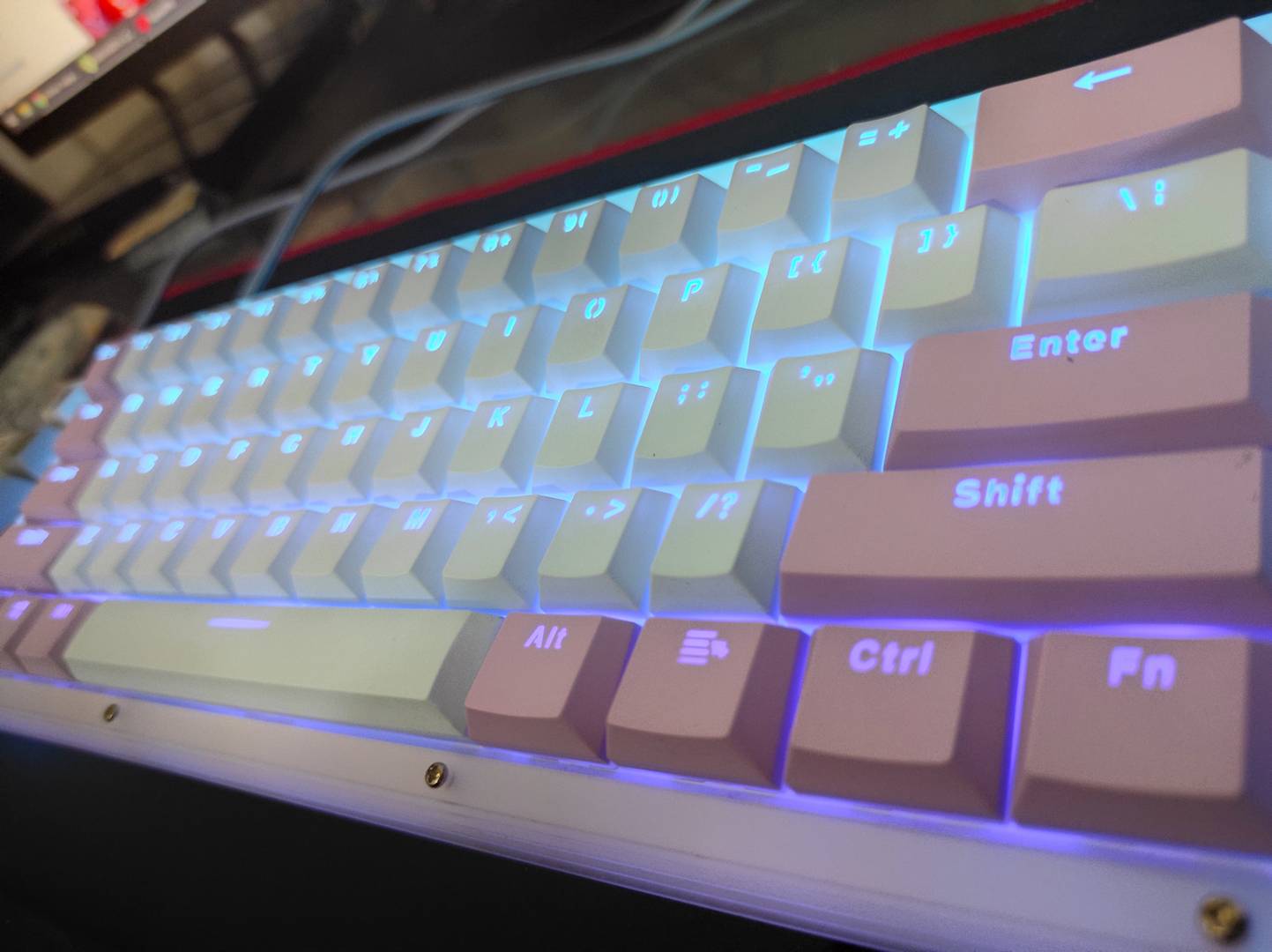
6. Mechanical Keyboard Size and Layout Variants
In the last part of this article, I would like to tell you the different keyboard form factors and the best current best options for each of them in the market.
60%
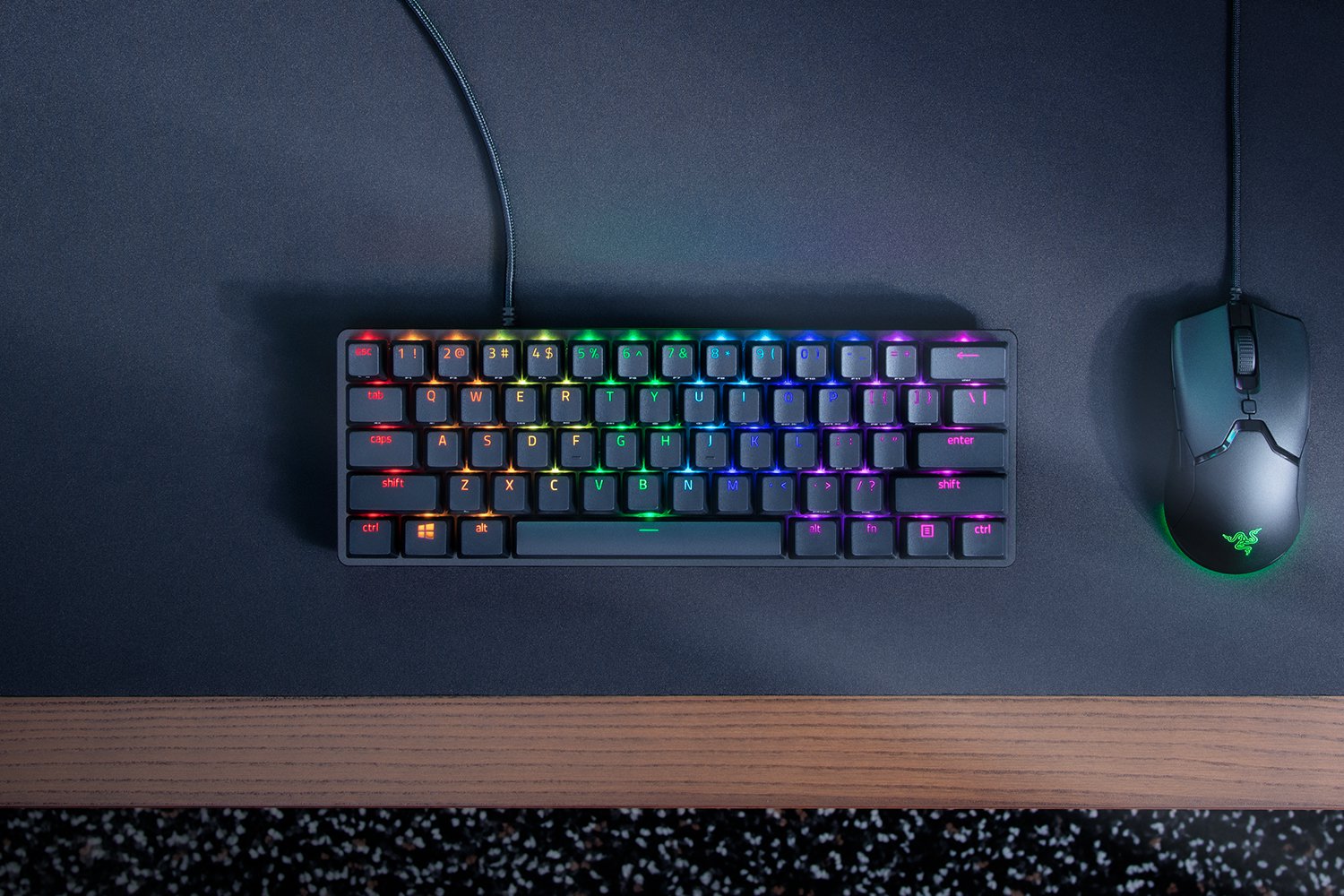
The 60% form factor is one of the smallest and commonly used layouts out there. There is actually a 40% form factor. However, as you may have expected, it has a lot of missing keys, and the use is pretty niche. As you have seen previously, a 60% keyboard usually has two variants: the 61-key or 64-key. The 61-key uses a standard full-sized layout with the numpads, function keys, F-rows, and arrows keys cut out. The 64-key, on the other hand, normally includes arrow keys with the exception of a shrinkage of several other keys.
65% and 68%

Above 60%, the 65% form factor usually includes between 68 to 71 keys. It is considered the ideal form factor for most users since it always includes the arrow keys. Furthermore, there are a lot of good options for 65% keyboards in the market, so it is much easier to get.
With regards to the 68% form factors like the GK73, you really have to inspect which buttons are present or missing. These usually vary a lot between different brands or products.
84 and 87 Keys

There are also 84-key keyboards such as Keychron K2, AKKO 3084, KC84, and Iqunix A80. A keyboard with 84 keys has a 75% form factor and includes all the keys present in the 65% with the added bonus of the function keys. The 75% form factor is very similar to TKLs but is only more dense or compact in size. Although I do not have an 84-key keyboard myself, I am very interested in trying out this layout since it has a complete set of buttons while preserving a fairly small size. Unfortunately, this form factor is one of the most difficult form factors to find in the market.
A keyboard with 87 keys is more commonly known as TKL. This variant is the safest option to choose if you want a relatively compact keyboard that has an easily adaptable layout.
96 keys
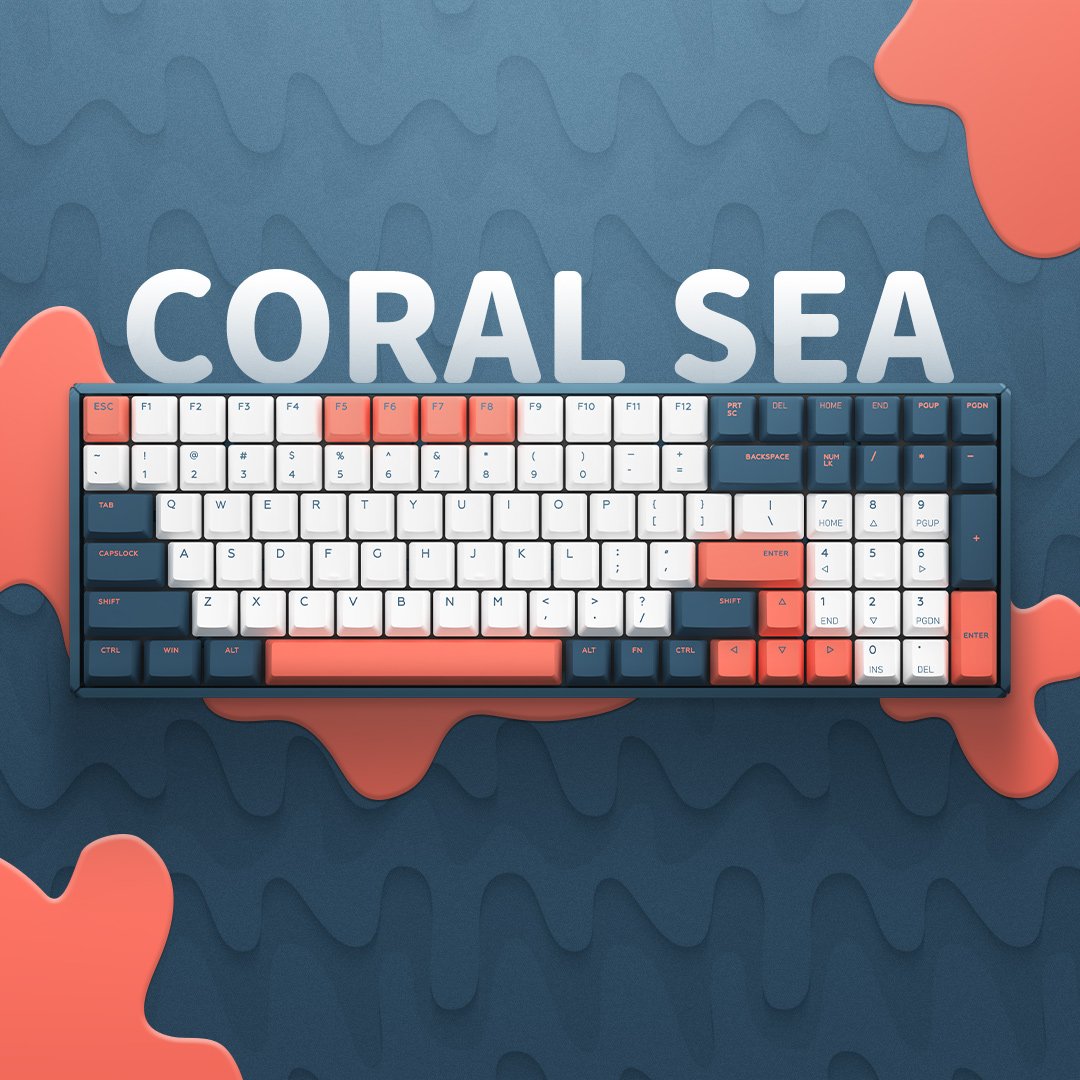
The 96 key variant is possibly the rarest variant of the mechanical keyboard. This variant is essentially a full-sized keyboard with all the spaces between the keys removed. The layout is quite interesting since it includes all the possible keys in a keyboard but is only 1u wider than a TKL.
I, unfortunately, could not find many good recommendations for 96-key keyboards. The Leopold FC980M, Iqunix F96, Epomaker GK96, or Keychron K4 are perhaps the only best ones in the market currently.
Conclusion

Those were some of the factors that you might need to consider before purchasing a compact-sized keyboard. However, compact-sized keyboards are more difficult to find than full-sized or TKL keyboards. Their price is also much more expensive, especially if you get them from abroad.
Nevertheless, after using my 60% mechanical keyboard, I think that the experience is highly comfortable (as long as there is an external macropad). The sound of compact mechanical keyboards is pretty satisfying to hear as well, and is something that you cannot find in regular keyboards.
All in all, if you do think that getting a smaller keyboard is considered beneficial for your needs, then there is most likely no fault in purchasing one.
Translated by: Ananto Joyoadikusumo

